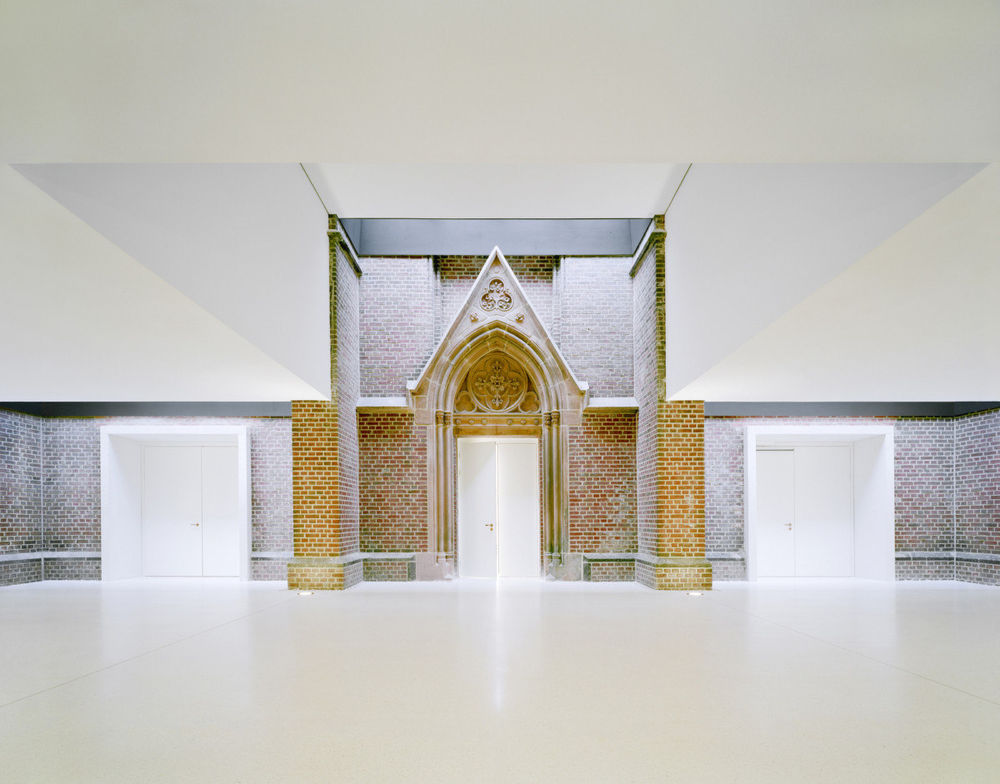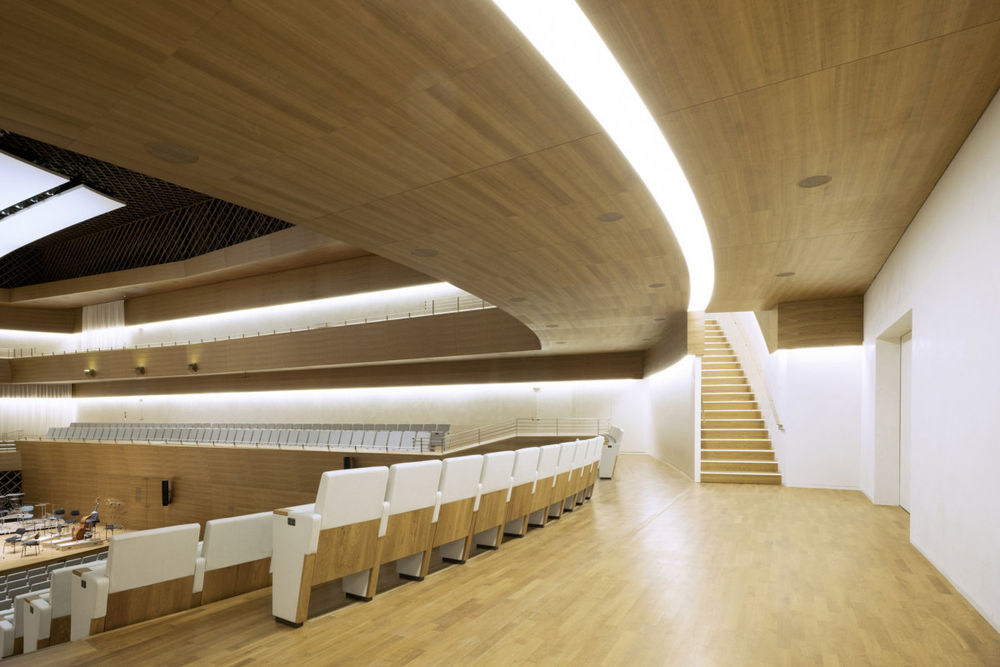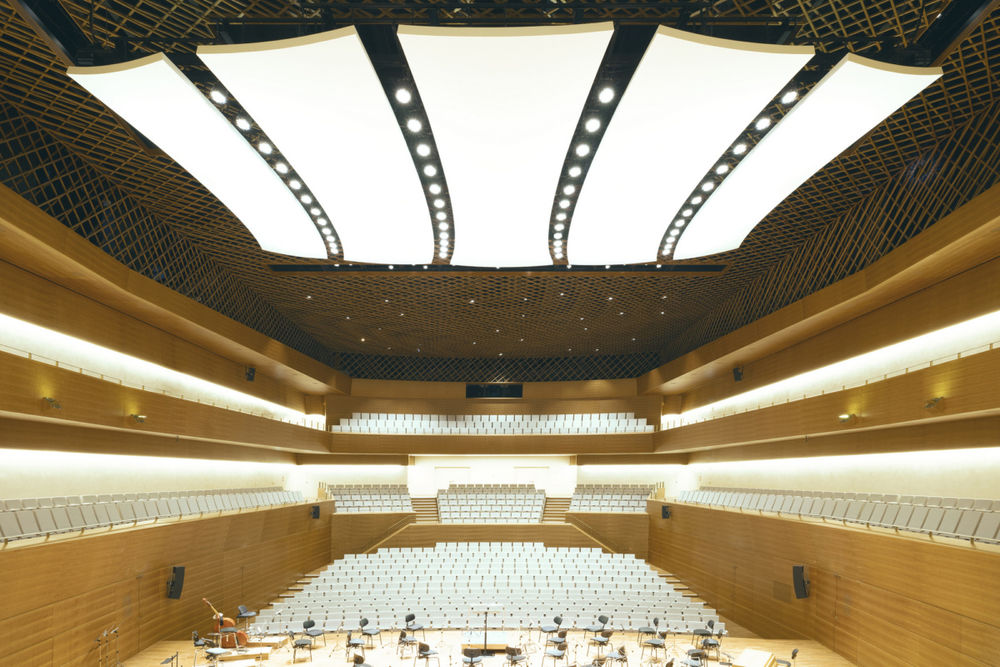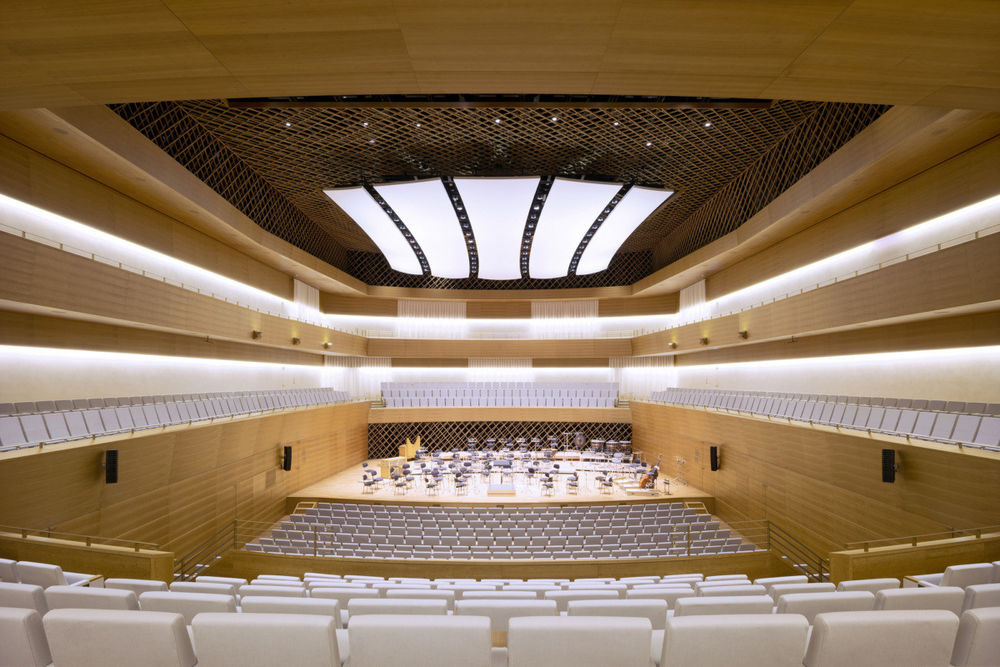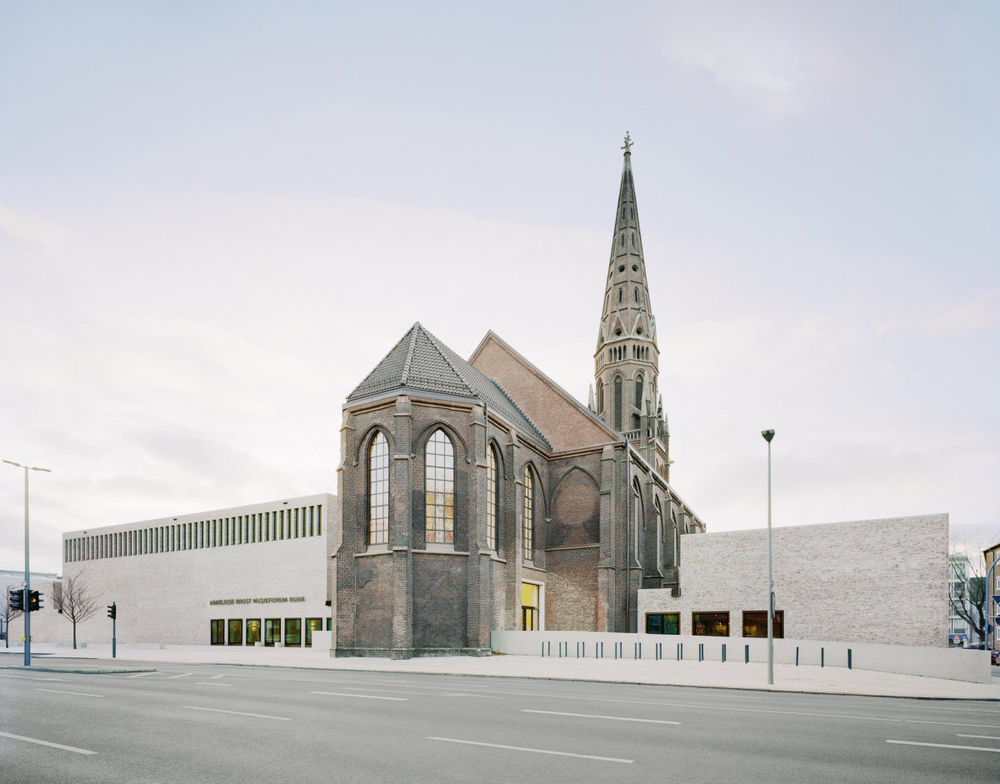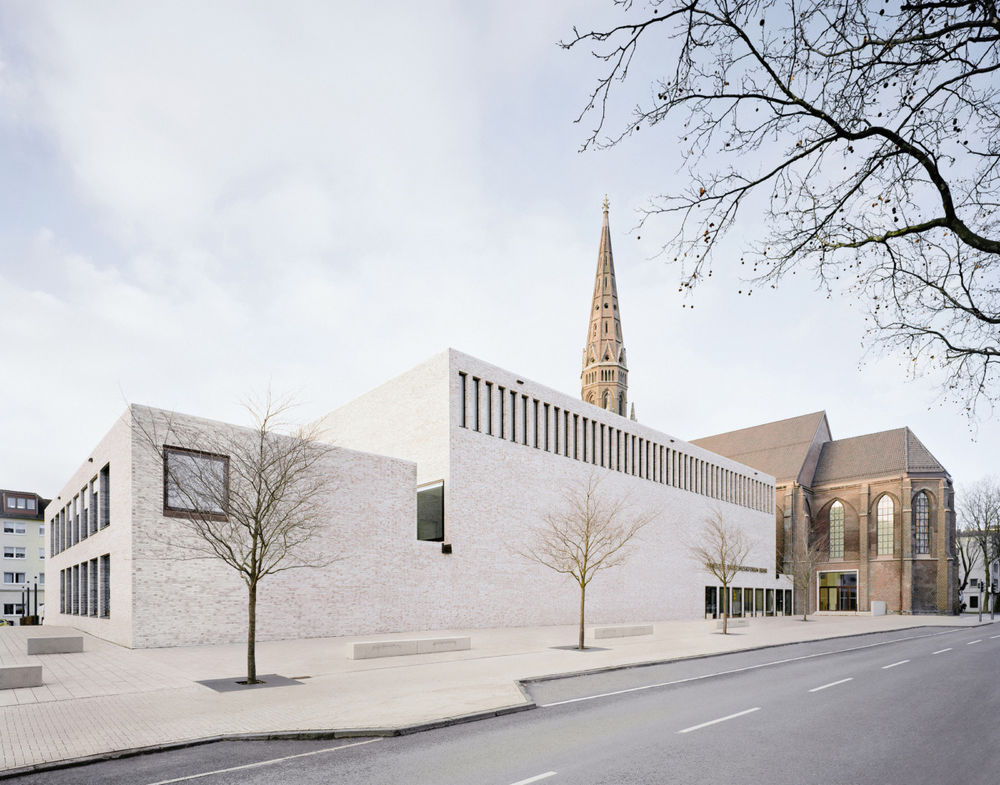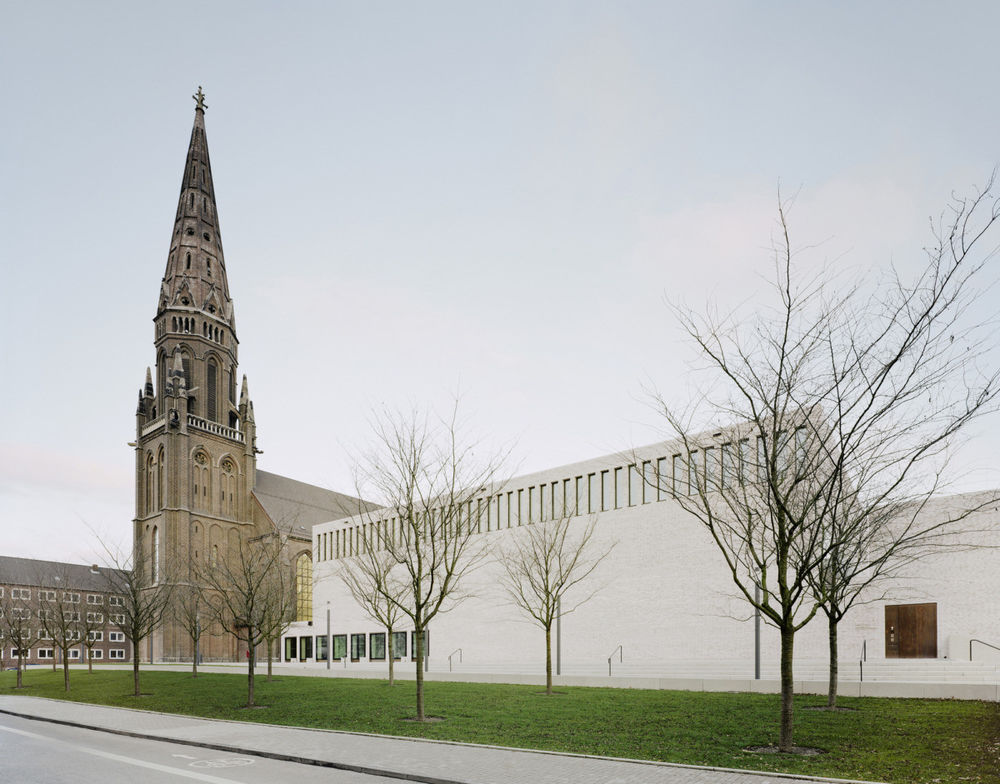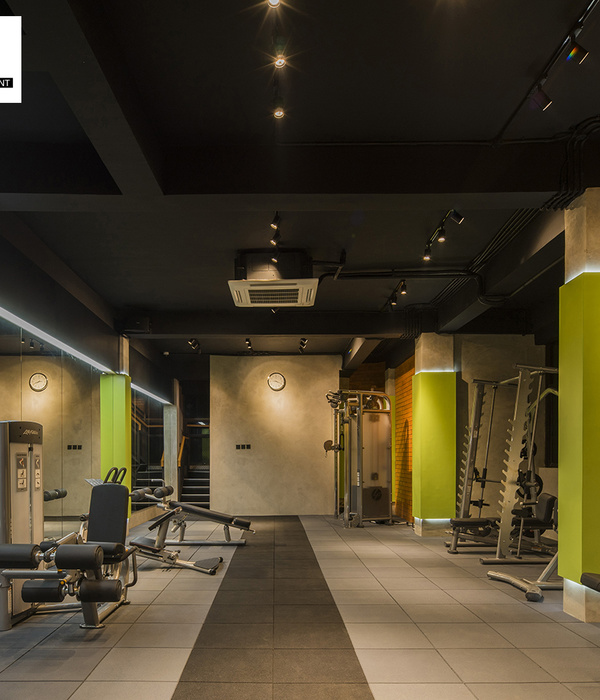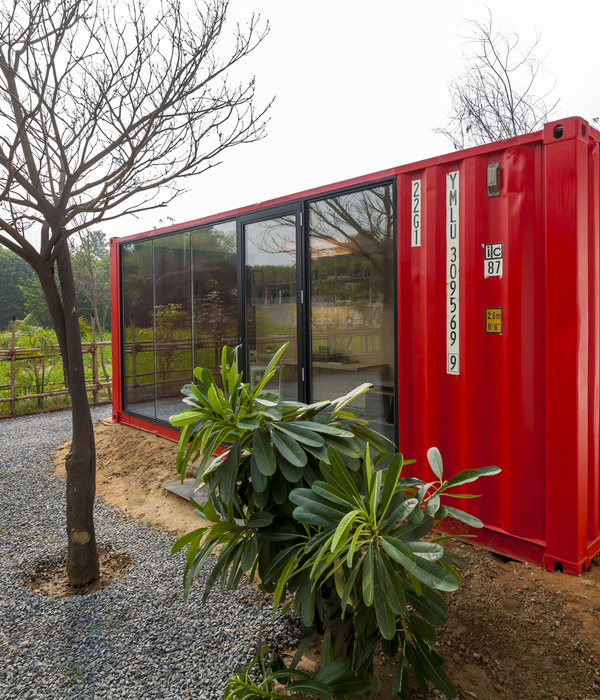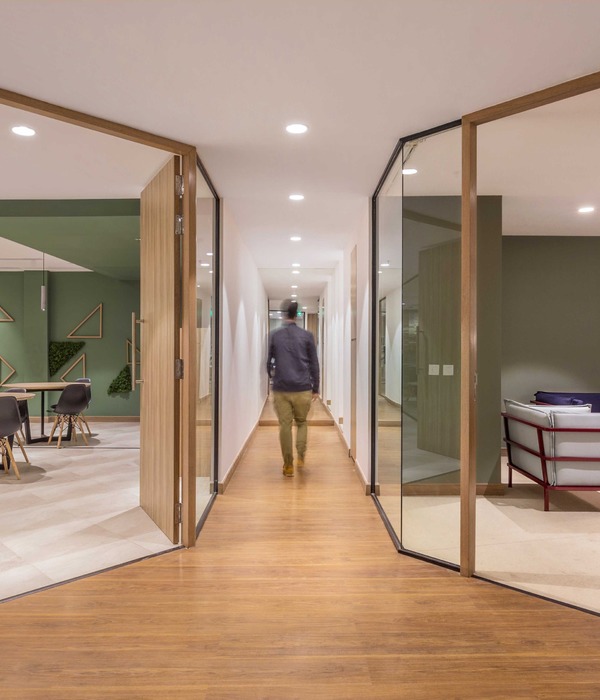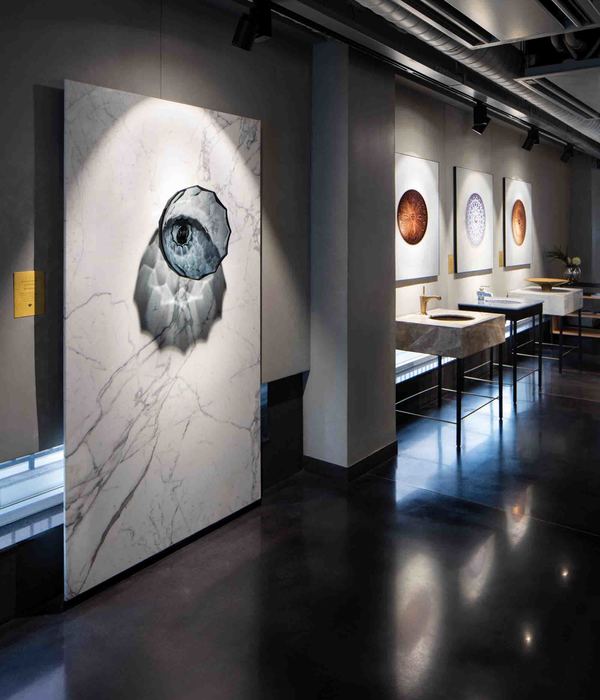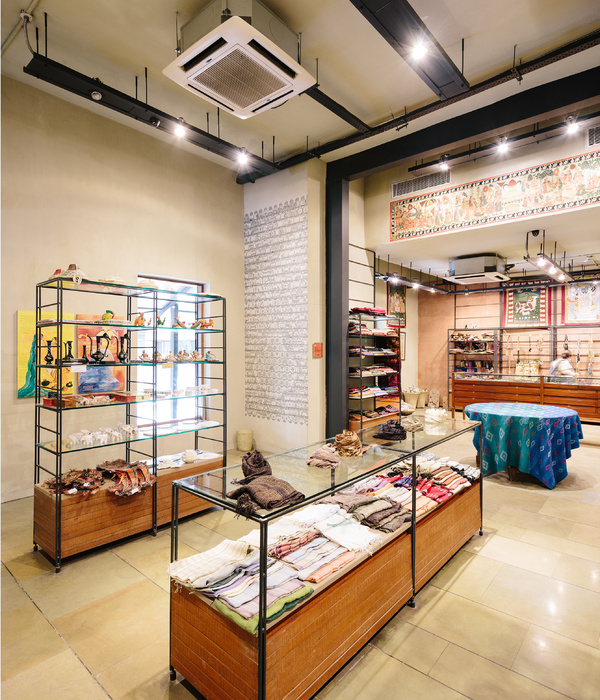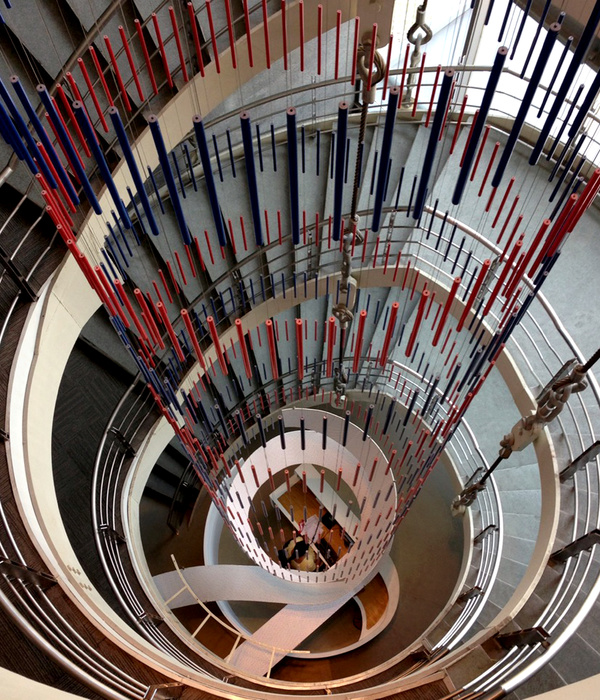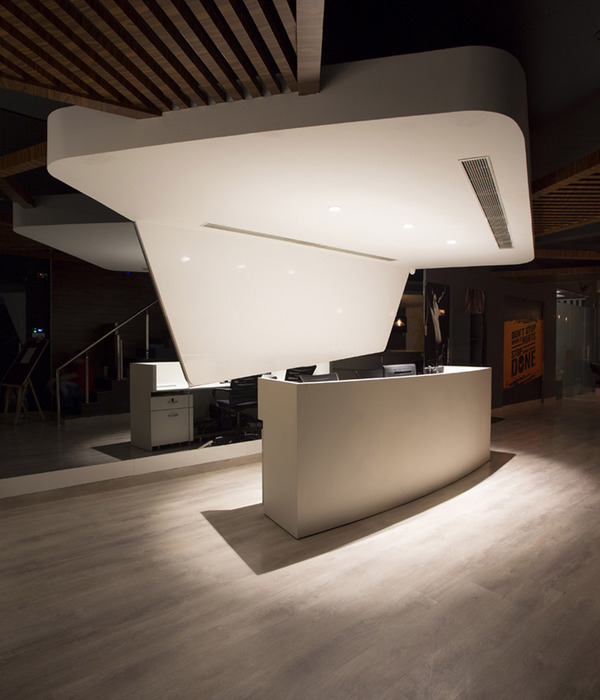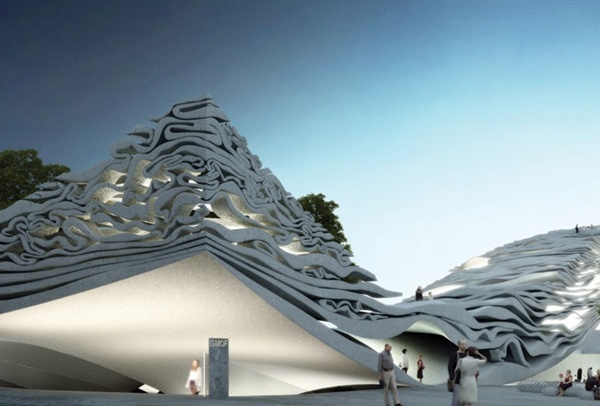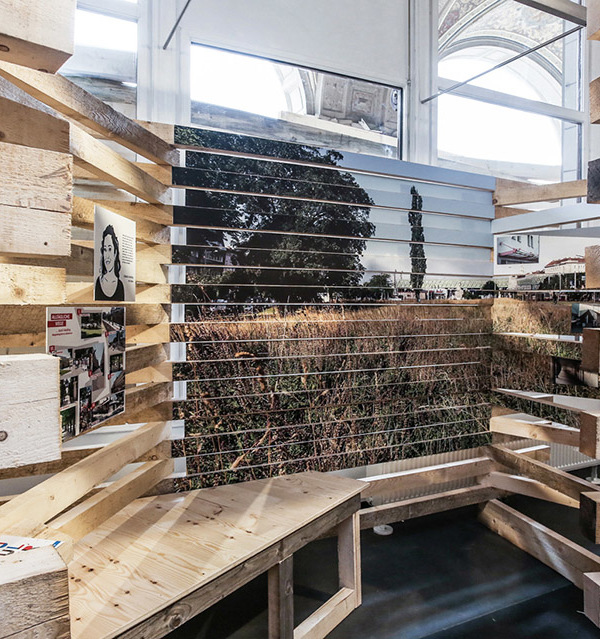德国波鸿音乐论坛——百年教堂的现代新生
Bez+Kock Architekten has converted a neo-gothic church into the Music Forum of Bochum, a rehearsal and performance space for the town of Bochum, Germany.
What fate awaits a church once the parish it serves dwindles so much that it no longer needs the sacred meeting place? This is the question that preoccupied the catholic parish of St. Marien in Mitte, Bochum, in 2002, as it faced the unavoidable task of repurposing the church. The ideas ranged from tearing down the building altogether, to converting it into a retirement home. The parish also considered holding an architecture competition to transform the building into a chamber music hall as well as turning it into a temporary training facility for young street artists.
Then it became clear that the Bochumer Symphoniker urgently needed its own venue –it previously rehearsed and performed in the main auditorium of the Ruhr University and in the Jahrhunderthalle Bochum. Thus, the city of Bochum decided to repurpose the church building for its city orchestra. An architecture competition was announced in 2012 to design a new rehearsal and performance facility. The Stuttgart-based architects prevailed with their design, which offered the perfect balance between respectfully maintaining the existing parts of the neo-gothic brick building and transforming it into a public gathering space.
The new buildings flank the old church on both sides and stand lower than its eave height. The church thus retains its prominence as an architectural landmark of the city. The gaps in the roofscape of the different building sections give the overall structure a sacred outline with a pleasant sense of proportionality.
Inspired by a basilica that was once used as a public meeting place, the architects transformed the interior of the church into a foyer for the music forum. The elevated, terraced floor incorporates the different areas of the church, connecting the new main entrance –the former choir –all the way to the gallery. The relatively large interior space is thus divided into modestly sized subsections without losing its sense of grandiosity or sacredness. The space now also serves as a kind of “belvedere” from which concert-goers can see and be seen.
The surfaces of the interior space are subtle, bright, and neutral; artistic relics and inscriptions have been respectfully restored and incorporated into the scene. For example, a restored church bell is rung to announce the end of each interval during concerts. The dazzling panels on the church ceiling improve the acoustics of the space while also channelling sunlight.
The multifunctional hall is located on the north of the foyer. The acoustics of this space are enhanced by the inner walls that are tilted upwards to amplify the sound. The walls break up sound into smaller units, facilitating a richer acoustic experience for the audience. Unlike the foyer, the small hall has a more introverted character with darker materials, allowing the audience to focus entirely on the music.
Text by Nicole Heptner
Architect: Bez+Kock Architekten Photography: Brigida González
10 Images | expand images for additional detail

